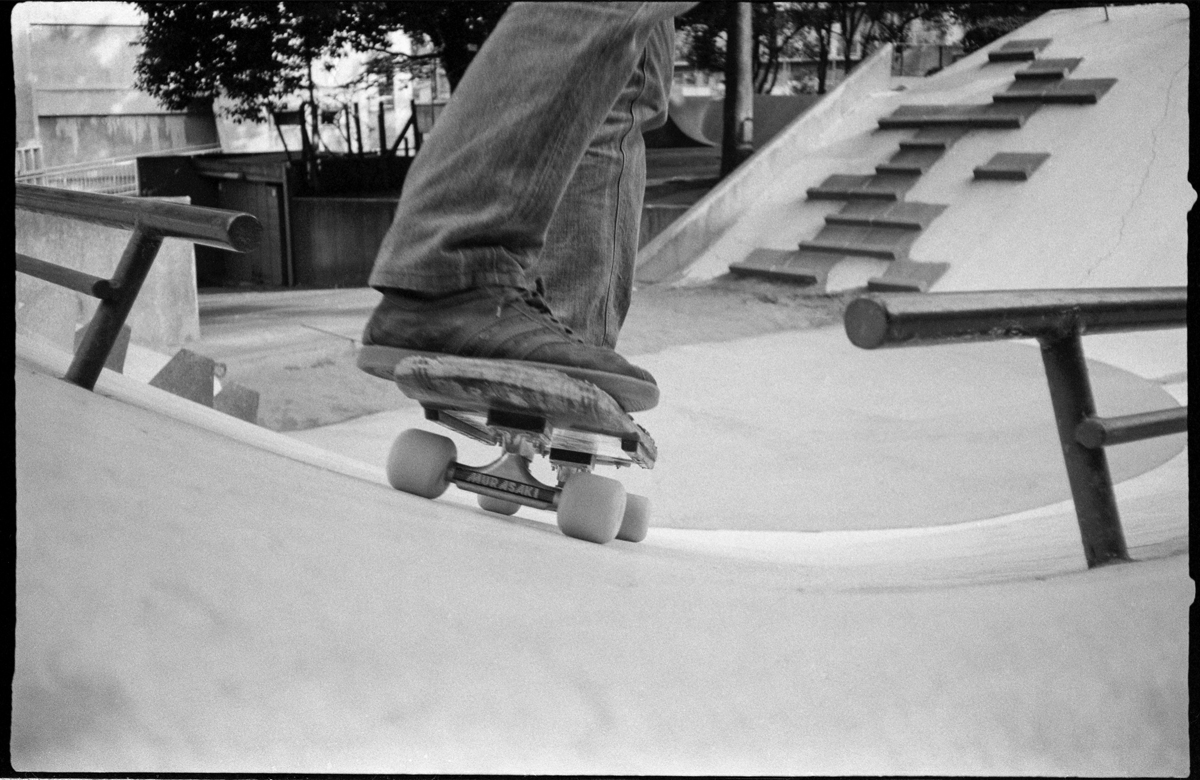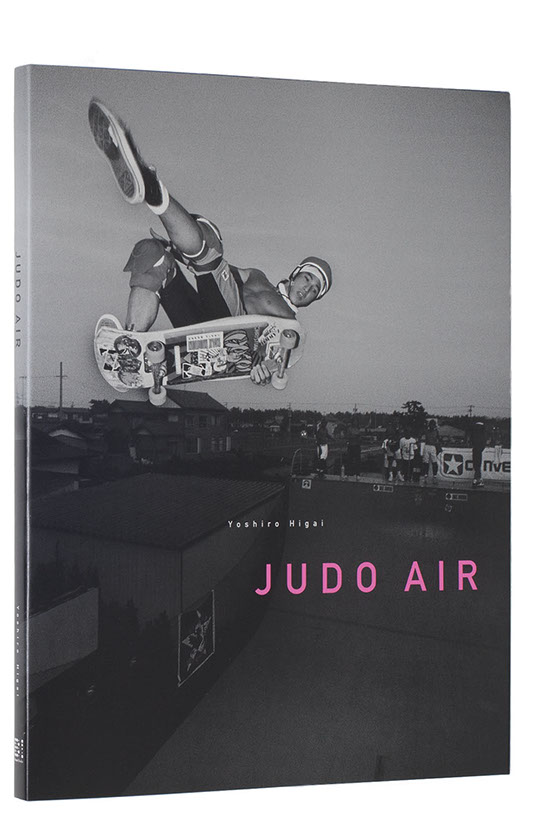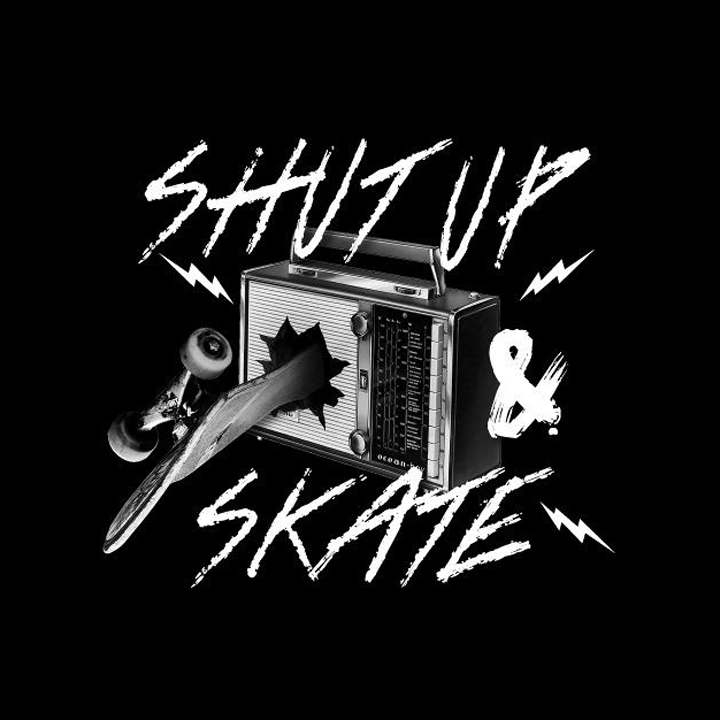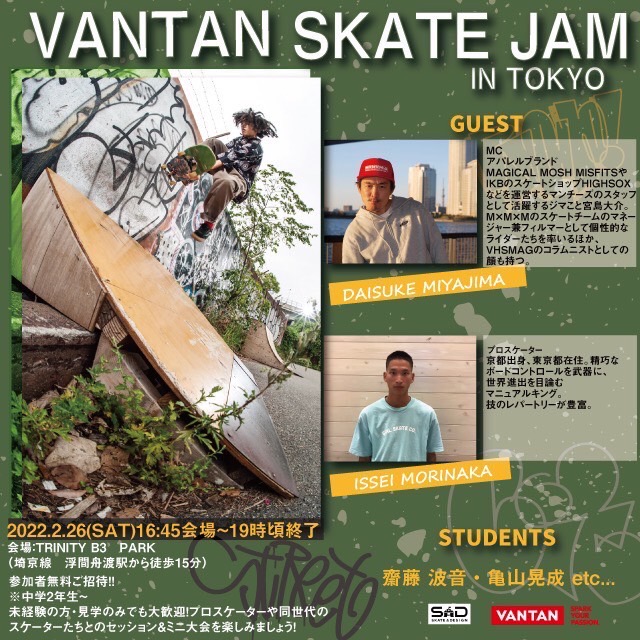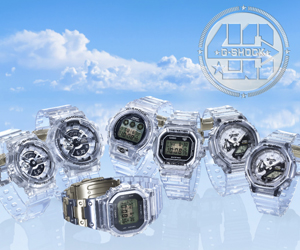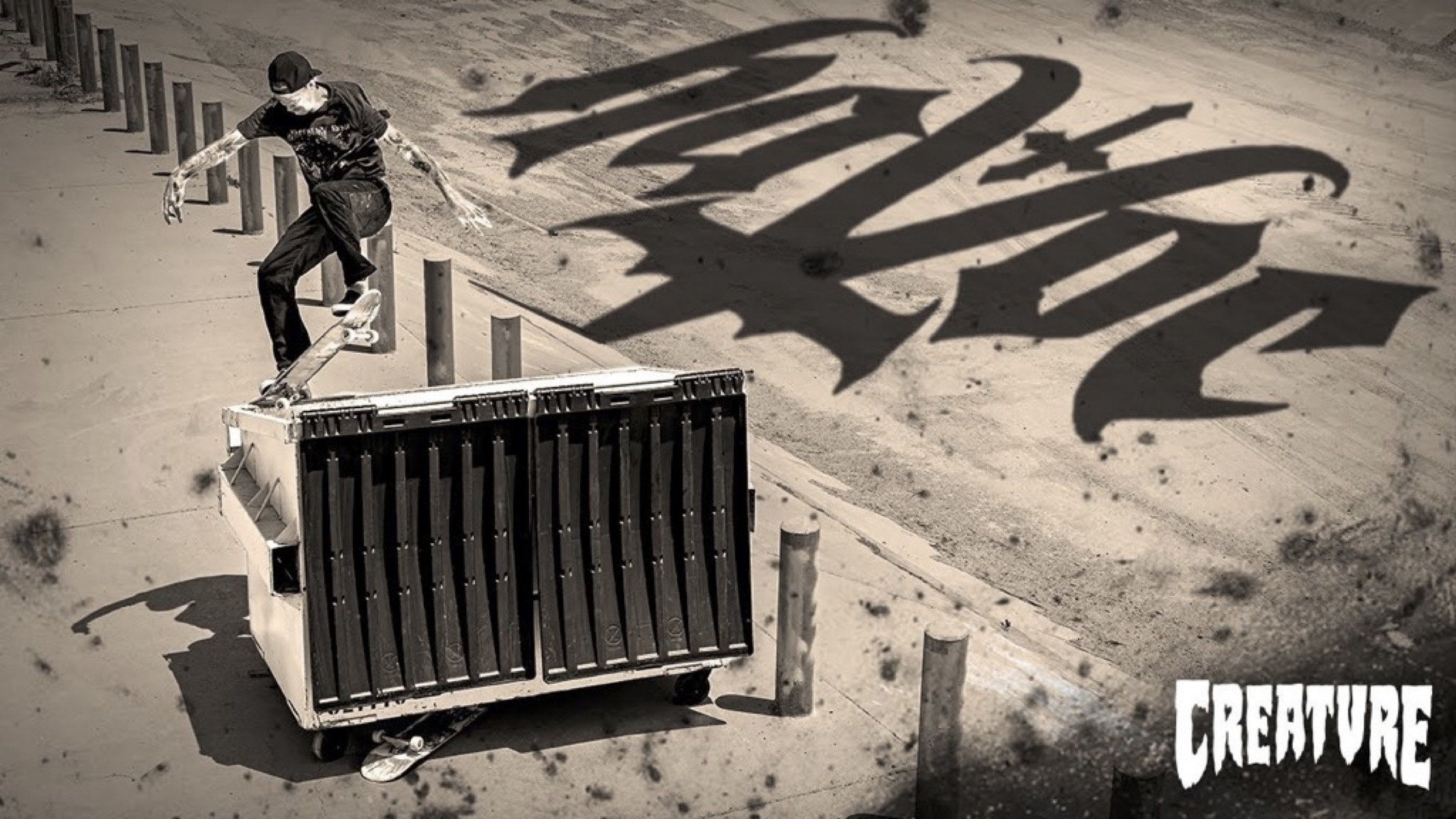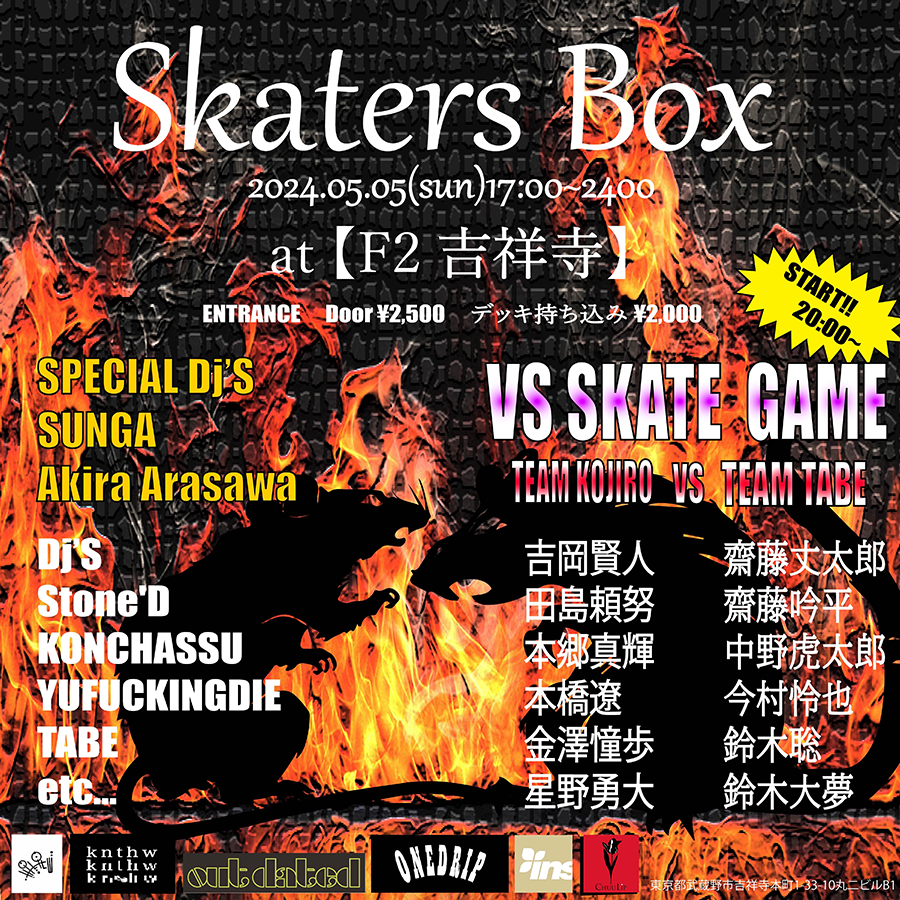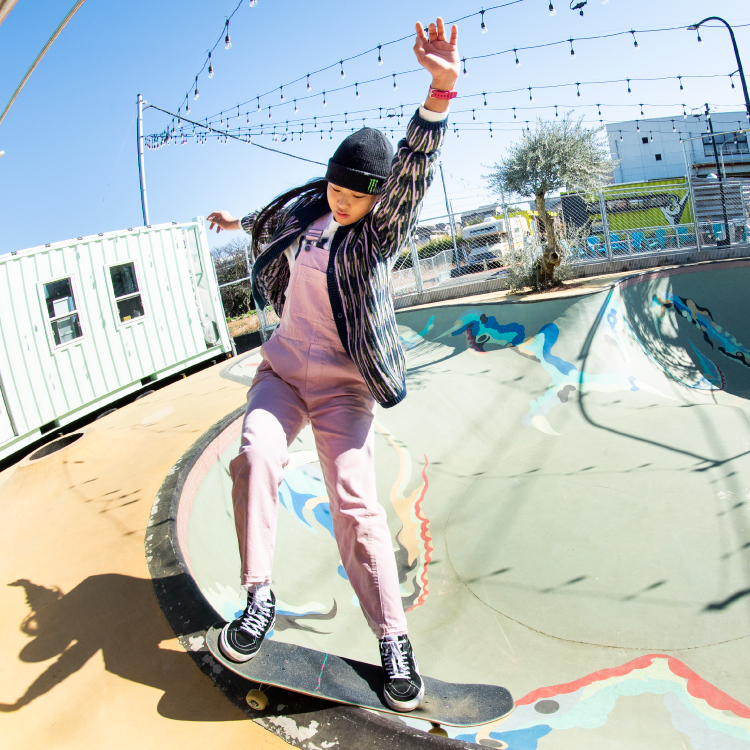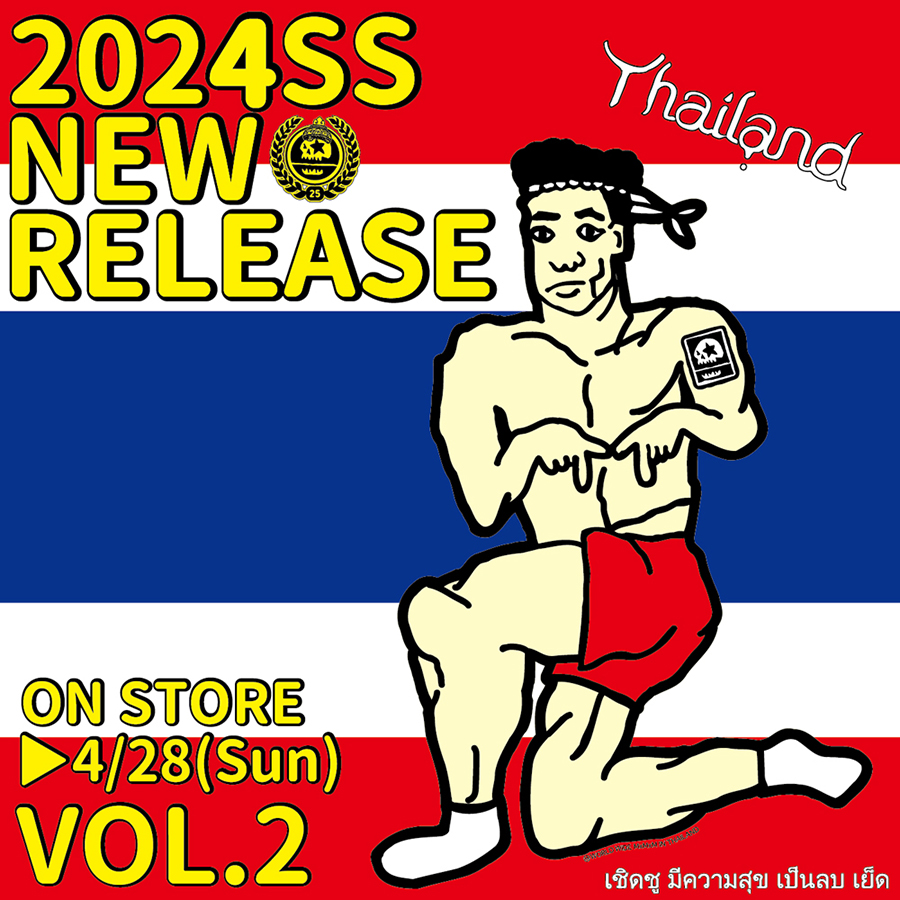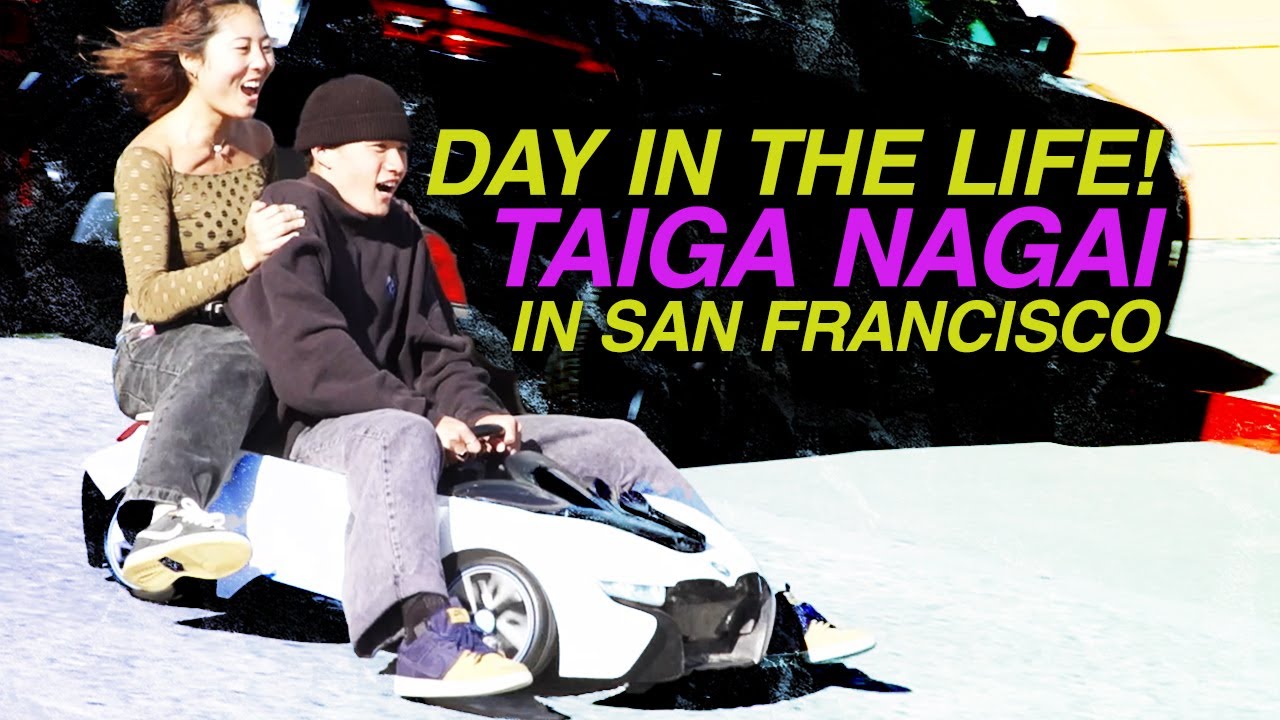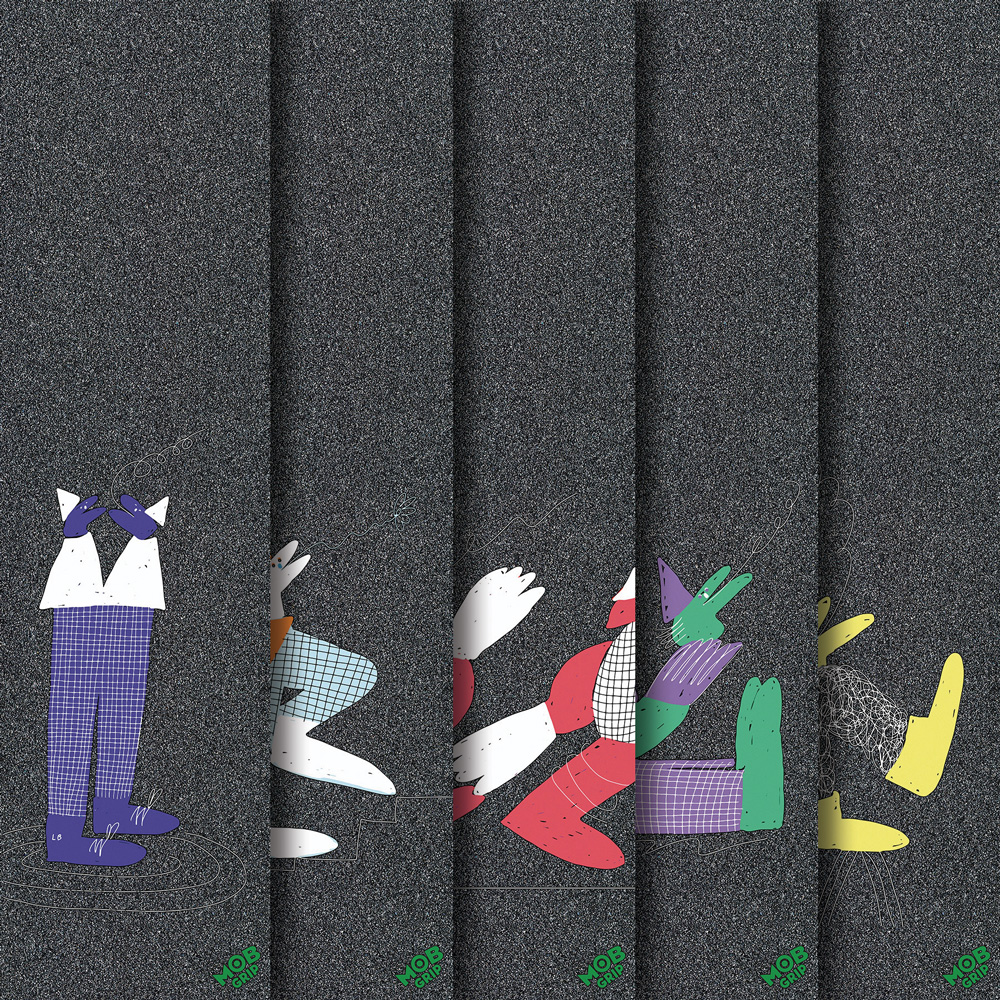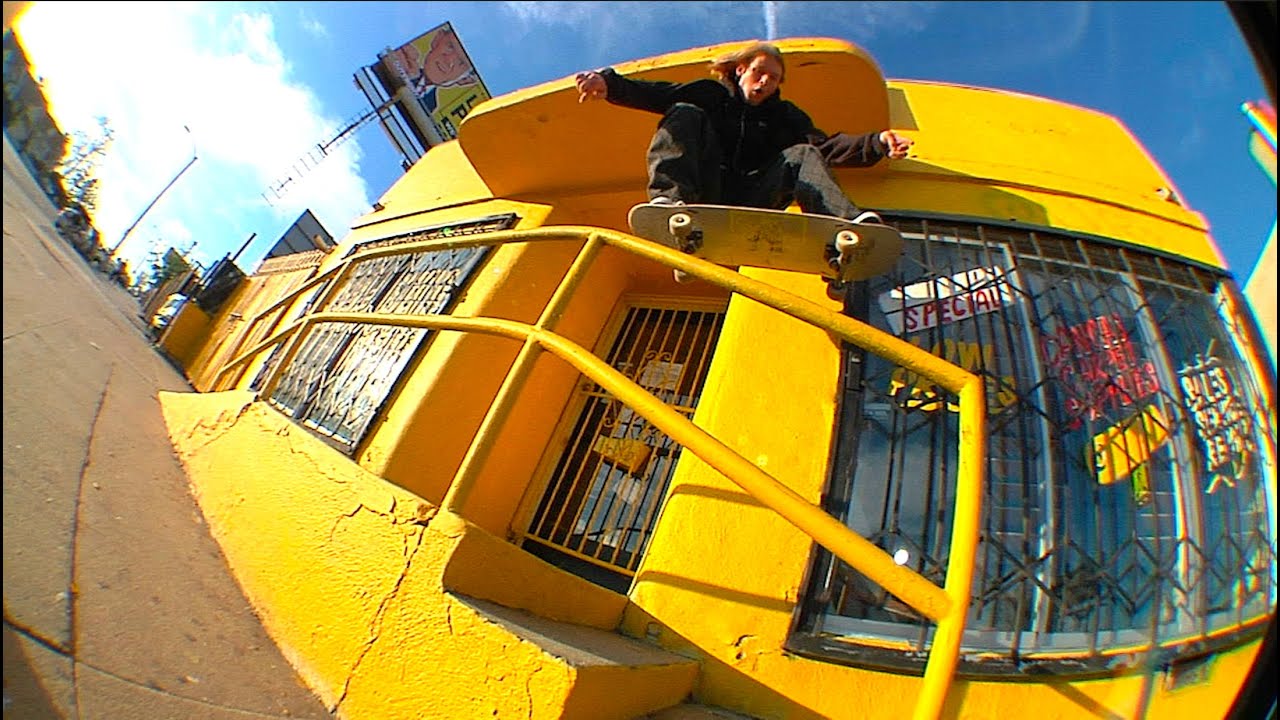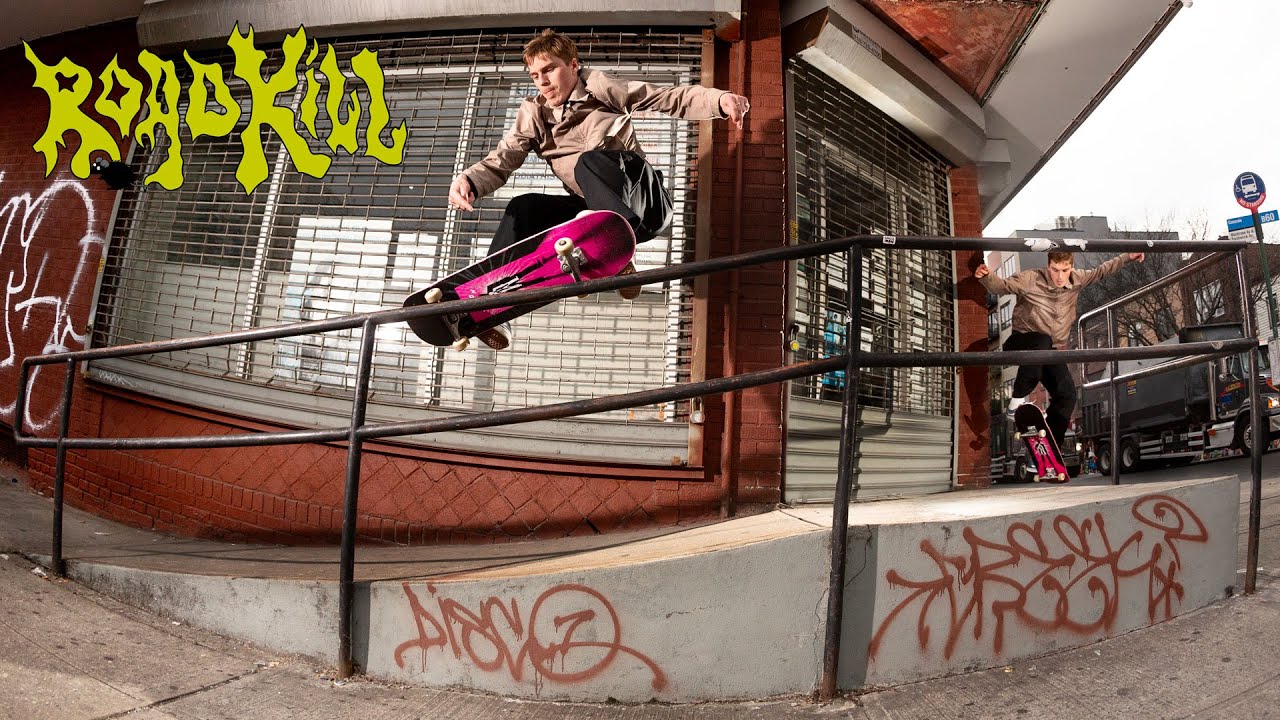
[ JAPANESE / ENGLISH ]
I wonder what got me so hooked with skateboarding. I must have been fascinated by what was at the root of it all.
It was almost 40 years ago. I was the type of kid who wore T-shirts that my mom bought me at the supermarket without question, and went back and forth between home and high school every day. I have no interest in baseball, football, or motorcycles, and although I do study for regular exams, only looking forward to going to the airport with my camera, the results were sub-par. I was an annoying camera geek with no sense of humor or cooperation. That was me, until that early summer night when I went to the Shibuya Children's Center (Mitake Park), filled with the smell of trees.
Morishita, who was in the same class as me in our senior year, didn't stand out in the classroom. When I happened to talk to him, he said he was a skateboarder. Everything seems to have changed in the four years I've been away from skating, from the equipment to the spots.
The next night, Morishita was waiting at a park lit by a dim mercury lamp. Beside him was a well used made-in-USA SIMS board. When he saw the Japanese KKM board that I got when I was in the sixth grade in the basket of my bicycle, he gave me a weird look. It was because it was an outdated board and it had my name and address written on it in large letters.
The park had a playground with a mix of a slide and a sandbox. Banks surround the sandbox like a bowl. The surface of the slide was polished and super smooth. If you stand on the high side, you'll freak out by how high it is. The other side is much lower and has a rail on top. You sweep out the sand from the sandbox with a broom and a damp concrete reveals from underneath.
Without waiting for it to dry, Morishita started skating from the corner on the low side. The transition from the flat to the bank is connected by a beautiful curve. Without slowing down, he repeatedly kickturned on both sides, sometimes power sliding, and sometimes dropping in from the top rail. I almost felt dizzy watching Morishita skate.
At the back of the park covered with evergreen trees. there was also a really small concrete bank with just a little bit of vert. It was just low enough that the nose would hit the bottom when you drop in, but some of the guys would do airs and blunts (this was in the late 80's). The whole park was skateable. It seemed to me that this was what you call a legit skatepark (the only real one I've seen was the California Skate Park on the roof of the Tokyu Bunka Kaikan, so I was just imagining...).
I never really had anything that got me hooked, but I immediately bought a new board at Murasaki Sports on Takeshita-dori. It was a birthday gift to myself for turning 18. It became my goal to be able to skate like him here. It was only 2.5km from my house, so I biked there. I skated in the morning before school and also at night. It was also fun to skate with the occasional strangers I met.
Various sessions were held at Mitake Park, which is also known as Shibuya Children's Hall. I even took Tony Hawk there when he came to Japan in '85. In a TWS article, it said "A 'Sadlands' kind of spot." I think we could skate there until around 1990, although brackets were placed due to complaints from neighbors.
Another famous spot was Funabori Park. I only went there a few times because it was far from my house, but it was full of Tokyo's old town atmosphere, with a monja candy store right in front of it. The slide was round, like a giant canned oranges facing each other, with the tallest one about 2.5m and the lowest about 1.5m. It was a concrete slide with a diameter of about 10m. There's no edge on the lip so truck and bottom of the board don't hit. But the locals charged the place with a unique line. They'd carve along the edge of the lower side and turn or boneless at the larger edge. They were fast and cool.
This was a time when parks were just beginning to close in the US. In The Bones Brigade Video Show released by Powell Peralta in '84, Lance Mountain was cruising the streets hitting curbs and banks. When I saw it at Murasaki on Takeshita-dori, I couldn't wait to go out and skate in the streets. The Oyaji Bank behind Omotesando and 246 was named so by the American kids because this bald old man, the super, would come out right away. Almost every apartment building with the name Shuwa Residence had transition on the outer walls. Also along Meguro-dori, Sanno University had a perfect bank in the courtyard. The water treatment plant in the neighborhood was lined with banks as big as Kenter Canyon, a classic LA spot. However, we could skate at all because the guards would kick us out immediately. Furthermore, the transitions on the outer wall of the Kojimachi Police Station were out of the question, and I gave up on the roughness of the The National Museum of Western Art, which could only be hit on a BMX. Still, the city that I should have known was a series of discoveries and experiences when interpreted in the language of skaters. If we saw a skater we didn't know, we chatted and exchanged information. And I always had my camera with me. The most interesting thing was that we were having fun with whatever we found, which was not given. Wouldn't it be similar to American skaters breaking into swimming pools to skate? Well, I know it's not quite as cool as them...
I also dove into the skating community. I started taking pictures for a magazine called Movin' On because of my background in photography. I also entered contests. I could never skate vert, but I did some spur-of-the-moment tricks in the beginning of street skating, like running around with a smoke bomb on my tail, or an ollie where I opened an umbrella the moment I jumped. This was before Neil Blender pulled a spray can out of his pocket and painted the wall at a street contest in '86. Making people laugh was a thing at contests back then.
And time passed in the blink of an eye. The boom comes and goes, and before you know it, I'm over fifty and heading my way into the sixties. At that time, I thought the Great King of Fear would come down in 1999! But the world of the future has been around for more than 20 years now. When I look around the city, I see that some things have changed, and some things haven't changed at all. And yet, I'm still skating and shooting photos. I can only feel grateful to so many things.
Today, I still walk out the front door with a Lance Mountain vibe (no chimney) and roll down the hill where I first skated in the sixth grade and hit the streets. I look around, searching for something. It's not like I'm good at skating. I'm just looking for the fun of doing something different that I learned that very first day.
--Yoshiro Higai




